Mastering the Marketing Funnel in 60 Seconds!

**Mastering the Marketing Funnel in 60 Seconds**
In today’s fast-paced digital landscape, the window of opportunity to capture a consumer’s attention is shrinking. You only have a few seconds, sometimes just one minute, to grab and hold someone’s interest. That’s why mastering the marketing funnel is crucial if you want to maximize conversions, nurture leads, and ultimately boost sales.
But can you really master the marketing funnel in 60 seconds? While deep expertise takes time, it’s absolutely possible to understand the core concepts quickly and begin implementing strategies that can immediately improve your marketing efforts. Let’s dive into a crash course on the marketing funnel that you can understand and start leveraging in just 60 seconds.
### What is the Marketing Funnel?
The marketing funnel represents the journey a customer takes from first becoming aware of your product to making a purchase (and even beyond that). It is divided into stages, each of which corresponds to a particular phase in the customer’s decision-making process. These stages help marketers understand how to guide potential customers toward a purchase and how to tailor messaging and strategies to match where someone is in that journey.
Traditionally, the funnel includes the following stages:
1. **Awareness:** At the top of the funnel, consumers first become aware of your brand or product.
2. **Interest:** They start showing interest and begin seeking more information about what you offer.
3. **Consideration:** Potential customers evaluate their options, comparing your product to competitors.
4. **Intent:** They have a clear desire to purchase, but may need final convincing.
5. **Purchase:** The prospect becomes a customer by completing the transaction.
6. **Loyalty & Advocacy:** Post-purchase, customers can turn into repeat buyers or advocates for your brand.
The key to marketing funnel mastery is understanding these stages and knowing how to tailor your efforts for each one.
### Stage 1: Awareness – Grabbing Attention in Seconds
The awareness stage is all about visibility. If people don’t know about your product, they can’t buy it. In today’s environment, where consumers are constantly bombarded by advertisements and content, capturing attention quickly is a must.
Here’s how to make a lasting impression at this stage:
- **Optimize Social Media Presence:** Platforms like Instagram, TikTok, and YouTube are great for creating snappy, visually engaging content that can catch attention in seconds. Use compelling visuals, catchy headlines, and brief but engaging messaging.
- **SEO & Paid Ads:** Make sure your brand shows up in search results when people are looking for information related to your industry or product. Pay-per-click (PPC) ads can place you right in front of potential customers when they’re most likely to engage.
- **Brand Partnerships and Influencers:** Collaborating with influencers or partners who already have a loyal following can quickly expand your reach to new audiences.
### Stage 2: Interest – Turning Attention into Curiosity
Once you’ve captured attention, the next step is to build interest. People want to know why they should care about your product. This is the time to engage them with value.
To succeed in the interest phase:
- **Content Marketing:** Create valuable content that educates and informs. Blog posts, videos, and infographics that demonstrate your product’s benefits can move potential customers from curiosity to genuine interest.
- **Email Marketing:** Use lead magnets (free eBooks, webinars, discounts) to entice people to sign up for your email list. Once they’re in, a well-designed email sequence can nurture that interest and build anticipation for a purchase.
- **Retargeting Ads:** People rarely make a purchase the first time they see your product. Retargeting ads help you stay top-of-mind and re-engage those who have visited your website or engaged with your content.
### Stage 3: Consideration – Building Trust and Credibility
At the consideration stage, potential buyers are evaluating their options. They’re looking for social proof, credibility, and reasons to believe that your product is the best choice.
To help move them through this stage:
- **Customer Testimonials & Reviews:** Showcase positive feedback from your existing customers. Video testimonials, case studies, and online reviews can make a big impact.
- **Product Comparisons:** Create detailed comparison guides to show how your product stands out from the competition. Highlight key features, pricing, and any additional benefits.
- **Webinars and Live Demos:** Hosting live sessions where potential customers can ask questions and see your product in action helps build trust and address any concerns.
### Stage 4: Intent – Overcoming the Final Hesitations
When a prospect is showing intent, they are seriously considering purchasing but may still have some hesitations. At this stage, you need to make the decision easy and painless.
To seal the deal:
- **Exclusive Offers:** Provide time-sensitive discounts, free shipping, or bonus content that incentivizes action. A countdown timer on the checkout page can add urgency.
- **Remarketing Emails:** Send cart abandonment emails reminding them to complete the purchase. Sometimes a simple nudge is all it takes.
- **Personalized Messaging:** Use data from previous interactions (browsing history, past purchases) to send personalized offers or messages that feel tailor-made for the buyer.
### Stage 5: Purchase – The Transaction
This is the stage where the sale happens. At this point, your role is to make the buying process as seamless as possible and to ensure the customer feels confident in their decision.
Best practices include:
- **Easy Checkout Process:** Reduce the number of steps required to complete the purchase. Provide multiple payment options and make sure the process is mobile-friendly.
- **Clear Communication:** Send confirmation emails immediately after purchase, with clear details on what happens next (delivery information, tracking, etc.).
- **Upselling and Cross-Selling:** You can offer complementary products or premium upgrades at the point of sale, adding to the overall value of the purchase.
### Stage 6: Loyalty and Advocacy – Creating Repeat Customers
The funnel doesn’t end when a purchase is made. Keeping customers engaged post-purchase is essential for building brand loyalty and advocacy. Happy customers are likely to return and recommend your product to others.
To foster loyalty:
- **Post-Purchase Follow-Up:** Send thank-you emails, ask for feedback, and offer additional resources or product recommendations to enhance their experience.
- **Loyalty Programs:** Reward repeat customers with points, discounts, or exclusive offers. A loyalty program can encourage continued engagement with your brand.
- **Referral Programs:** Turn satisfied customers into advocates by offering incentives for referring others to your brand. Word-of-mouth marketing is one of the most powerful ways to grow your business.
### Putting it All Together
Mastering the marketing funnel may seem daunting, but by focusing on each stage of the funnel and understanding how to engage potential customers at every step, you can create a well-rounded marketing strategy that drives conversions. Remember, it all starts with awareness and interest, but the real magic happens as you guide your audience through consideration, intent, and purchase — and then keep them coming back for more.
So, can you master the marketing funnel in 60 seconds? You can certainly grasp the core concepts and start applying them quickly. With the right tools and strategies in place, you'll be well on your way to maximizing your marketing efforts and growing your business.


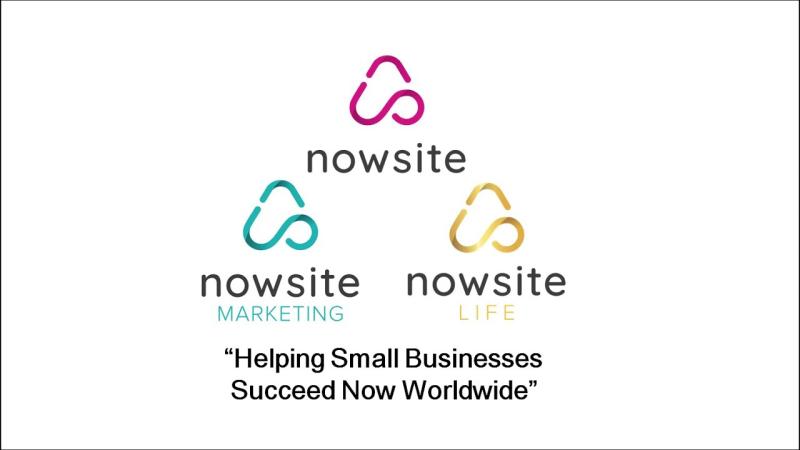

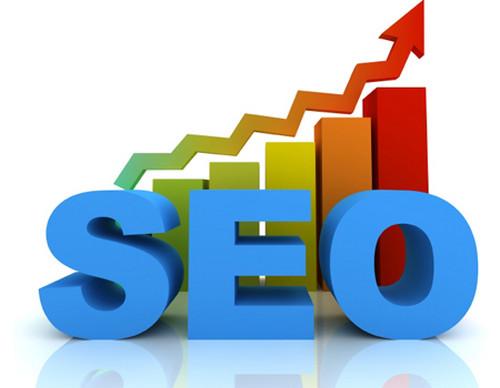
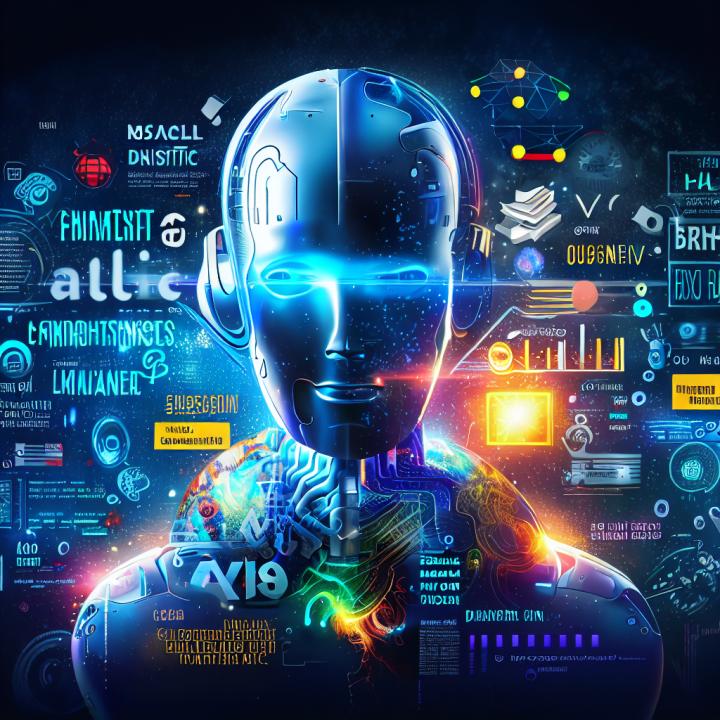
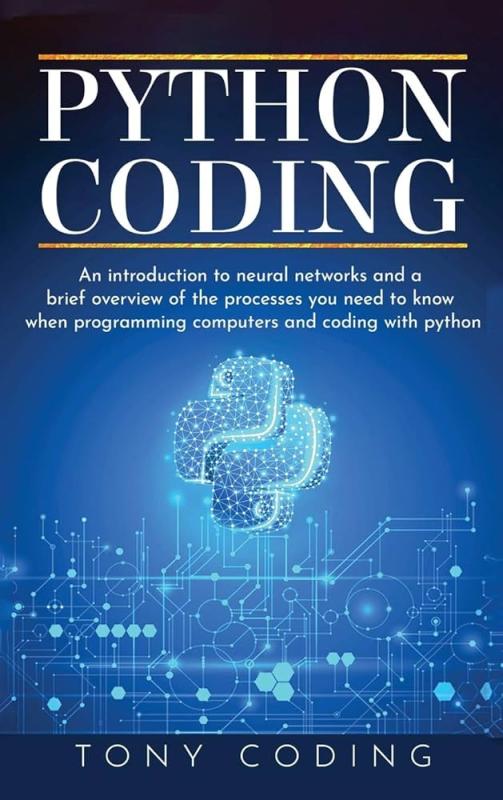
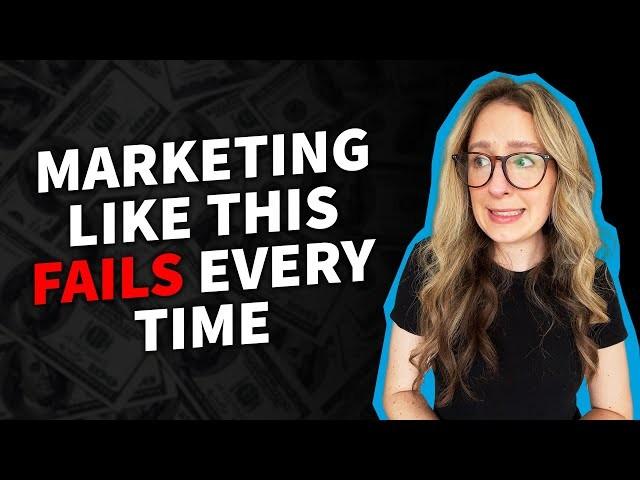
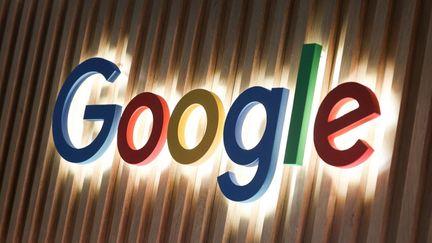

Comments